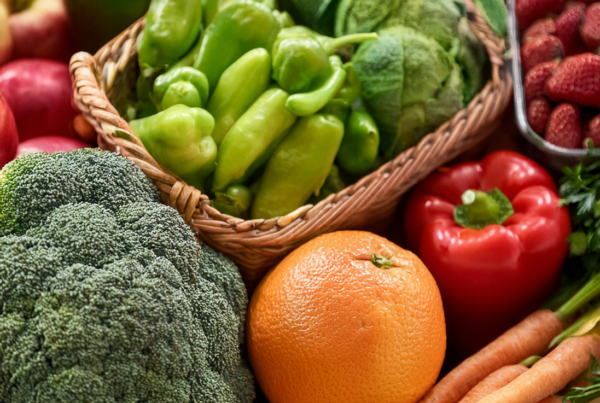
Asparagus is undoubtedly one of the oldest documented vegetables. The first crops were found on the banks of the Tigris and Euphrates rivers, in what is now Iraq, more than 7,000 years ago, although monuments and paintings have been found suggesting that the Greeks and Egyptians also consumed them.
Once again, thanks to the Roman Empire, which considered them a real delicacy, asparagus reached Europe, where they were not only valued for their taste, but also for the medicinal properties associated with them in the treatment of various ailments.
However, it was not until the 19th century and thanks to a change in the way of cultivation (underground) that white asparagus began to be consumed.
Today, asparagus is an established vegetable in contemporary cuisine, being used in a wide variety of dishes, from salads and soups to main dishes and side dishes.
In addition, asparagus is rich in nutrients and has a number of health benefits, making it a popular choice for those seeking a healthy diet.
To this, we must add the possibility of finding them not only fresh, but also canned, both tinned and in glass, and being able to enjoy their flavour and properties all year round.
What are the differences between green and white asparagus?
You have often seen green and white asparagus on the shelves of your supermarkets, and I am sure you have thought that these are two varieties or two completely different products.
To the surprise of many, despite their different colours, we can say that they are the same vegetable, with the difference that white asparagus are those that grow inside the soil, while green asparagus sprout and grow outside, and therefore receive the sun's rays, which explains their colour due to photosynthesis.
Having said that, beyond their colour, the main difference lies in their taste. While green asparagus has a more pronounced and slightly bitter taste, white asparagus has a milder and sweeter taste.
The same applies to their texture because of the way they are grown. In general, green asparagus is more fibrous and has a tougher texture, while white asparagus is softer and more tender.
It is true that fresh green asparagus is more common and can be found in most supermarkets. White asparagus is often found canned in all supermarkets, but fresh white asparagus is not always available without resorting to greengrocers.
What are the health benefits of asparagus?
Asparagus is one of the most complete vegetables we can find and the best considered in the Mediterranean diet, both for its versatility in the kitchen and its flavour, as well as for its properties.
From a nutritional point of view, white and green asparagus are exactly the same, so the only differences are those explained above.
Therefore, including asparagus in our diet will provide us with a wide range of benefits.
We tell you about the most important ones for our health:
- They improve digestion: it is a food rich in fibre, so it helps to improve digestion and maintain a healthy digestive system. Its high fibre composition also helps to combat constipation and control blood sugar.
- They strengthen the immune system: their antioxidant properties, present in vitamin C, help protect the body against free radicals and reduce the risk of chronic diseases. They also contain glutathione, a compound that helps strengthen the immune system.
- Helps reduce inflammation: Asparagus contains anti-inflammatory compounds that reduce inflammation in the body, which is extremely beneficial for people with arthritis and for reducing the risk of heart disease.
- Ideal for weight loss or weight control: it is a very low calorie vegetable with a high fibre content. Both make it a good choice for people looking to lose weight or maintain a healthy diet. In addition, the fibre also helps to reduce hunger and control appetite.
- Promotes brain health: Asparagus is rich in folate, a vitamin essential for brain health. Folate helps prevent neural tube defects in infants and also helps reduce the risk of neurodegenerative diseases in older adults.






